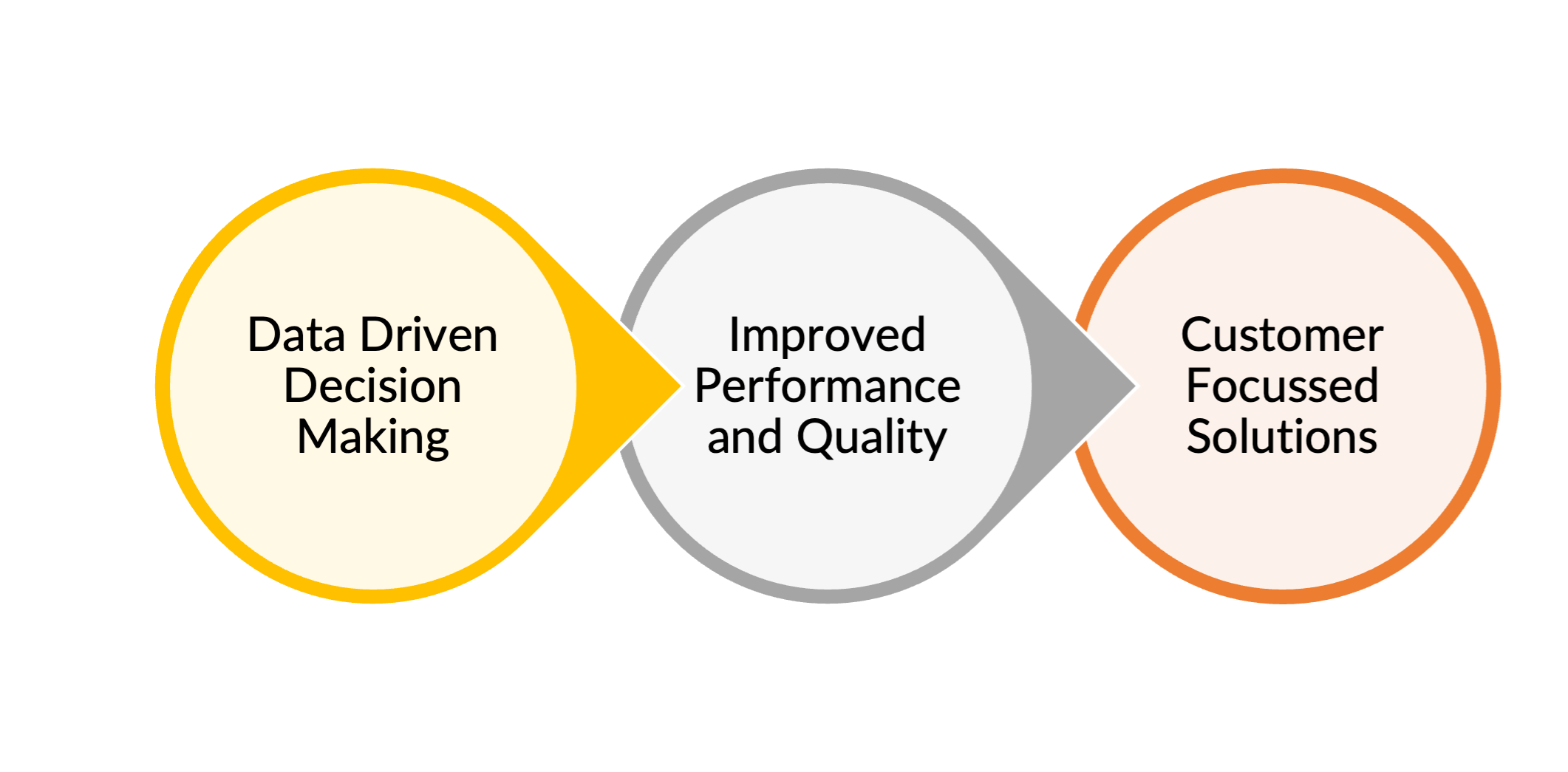Do you want to become a business analyst or enhance your existing skills? If yes, you need to learn the business analysis process. The business analysis process can help you deliver value to your stakeholders, improve your communication and collaboration, and boost your critical thinking and problem-solving skills. But how exactly does the business analysis process work? What are the steps and tools involved? And how can you apply it to your own projects? In this blog post, we will explore the framework of the business analysis process in-depth and provide you with some practical tips and examples to help you apply it effectively. Let’s get started!
What is Business Analysis?
Business Analysis is the systematic method of identifying, analyzing, and solving business problems and challenges. It involves gathering and evaluating information from various sources to develop actionable insights, strategies, and recommendations. By using data-driven insights, organizations can optimize their operations, align their strategies with customer needs, and drive sustainable growth.
The Steps in Business Analysis:

- Setting Business Goals and Stakeholders: Before starting the analysis process, understanding the business’s goals and identifying key stakeholders is essential. This establishes the basis for aligning analysis efforts with the organization’s vision and priorities.
- Collecting and Analyzing Requirements: Effective Business Analysis requires a comprehensive collection of requirements from stakeholders, customers, and end-users. By analyzing these requirements, analysts gain a clear understanding of the problems and challenges faced by the business.
- SWOT Analysis: A SWOT analysis (Strengths, Weaknesses, Opportunities, Threats) provides a structured framework to evaluate the internal strengths and weaknesses of a business, along with external opportunities and threats in the market. This analysis helps in strategic decision-making and risk assessment.
- Competitive Analysis: Understanding the competitive landscape is critical for businesses to stay ahead. By conducting a competitive analysis, analysts identify the strengths and weaknesses of competitors, spot market trends, and devise strategies to gain a competitive edge.
- Market Research and Analysis: Market research provides valuable insights into customer preferences, industry trends, and market demands. By analyzing market data, businesses can develop products and services tailored to customer needs.
Tools Used in Business Analysis:

- PESTEL Analysis: A PESTEL analysis examines the Political, Economic, Social, Technological, Environmental, and Legal factors affecting a business. It helps analysts identify external factors that could impact the business environment and decision-making.
- Porter’s Five Forces Analysis: Porter’s Five Forces Analysis evaluates the bargaining power of buyers and suppliers, the threat of new entrants, the threat of substitutes, and the intensity of competitive rivalry. This tool aids in understanding the industry’s competitive forces and potential risks.
- Cost-Benefit Analysis: A Cost-Benefit Analysis evaluates the costs and benefits of a proposed project or decision. By comparing the costs to the expected benefits, businesses can make informed choices on resource allocation.
- Gap Analysis: Gap Analysis compares the current state of a business with its desired future state. By identifying gaps between the two, analysts can determine the root causes of the problems, the opportunities for improvement, and the actions needed to achieve the desired state. Gap Analysis can help to prioritize and implement the changes that will have the most impact.
Benefits of Business Analysis:
Business Analysis can provide many benefits to businesses, such as:

- Data-Driven Decision-Making: One of the main roles of Business Analysis is to provide relevant and reliable information to decision-makers, such as managers, executives, stakeholders and customers. By collecting and analyzing data from various sources, Business Analysis can help to identify the root causes of problems, evaluate the pros and cons of different alternatives, and predict the outcomes and impacts of various scenarios. This reduces the uncertainty and risk involved in decision-making, and enables decision-makers to choose the best course of action based on evidence and logic.
- Improved Performance and Quality: Another benefit of Business Analysis is that it can help to improve the performance and quality of business processes, products and services. By mapping out the current state of processes, identifying gaps and inefficiencies, and proposing improvements and optimizations, Business Analysis can help to eliminate waste, reduce costs, increase speed, and ensure compliance with standards and regulations. This leads to higher performance and quality for the business, as well as better customer satisfaction and retention.
- Customer-Focused Solutions: A third benefit of Business Analysis is that it can help to create solutions that meet or exceed customer expectations and needs. By conducting market research, customer analysis, user testing, feedback collection and evaluation, Business Analysis can help to understand who the customers are, what they want, how they behave, and how they perceive the value of products and services. This enables businesses to design and deliver solutions that are tailored to customer preferences, pain points, goals and motivations, creating a competitive advantage and a loyal customer base.
The business analysis process is a vital framework for any business analyst who wants to deliver value to their stakeholders and customers. By following the four steps of setting the scope and goals, collecting and verifying requirements, creating and testing solutions, and executing and assessing outcomes, you can ensure that your projects are successful and effective. If you want to learn more about the business analysis process and how to apply it to your own projects, you can enroll in our business analyst training course. Our course will provide you with the knowledge, skills, tools, and techniques that you need to become a competent and confident business analyst. You will also get access to real-world case studies, exercises, quizzes, assignments, and projects that will help you practice and master the business analysis process. So what are you waiting for? Join our business analyst training course today!







